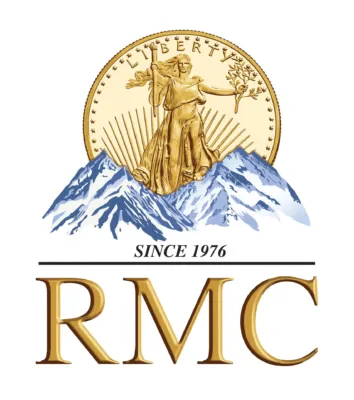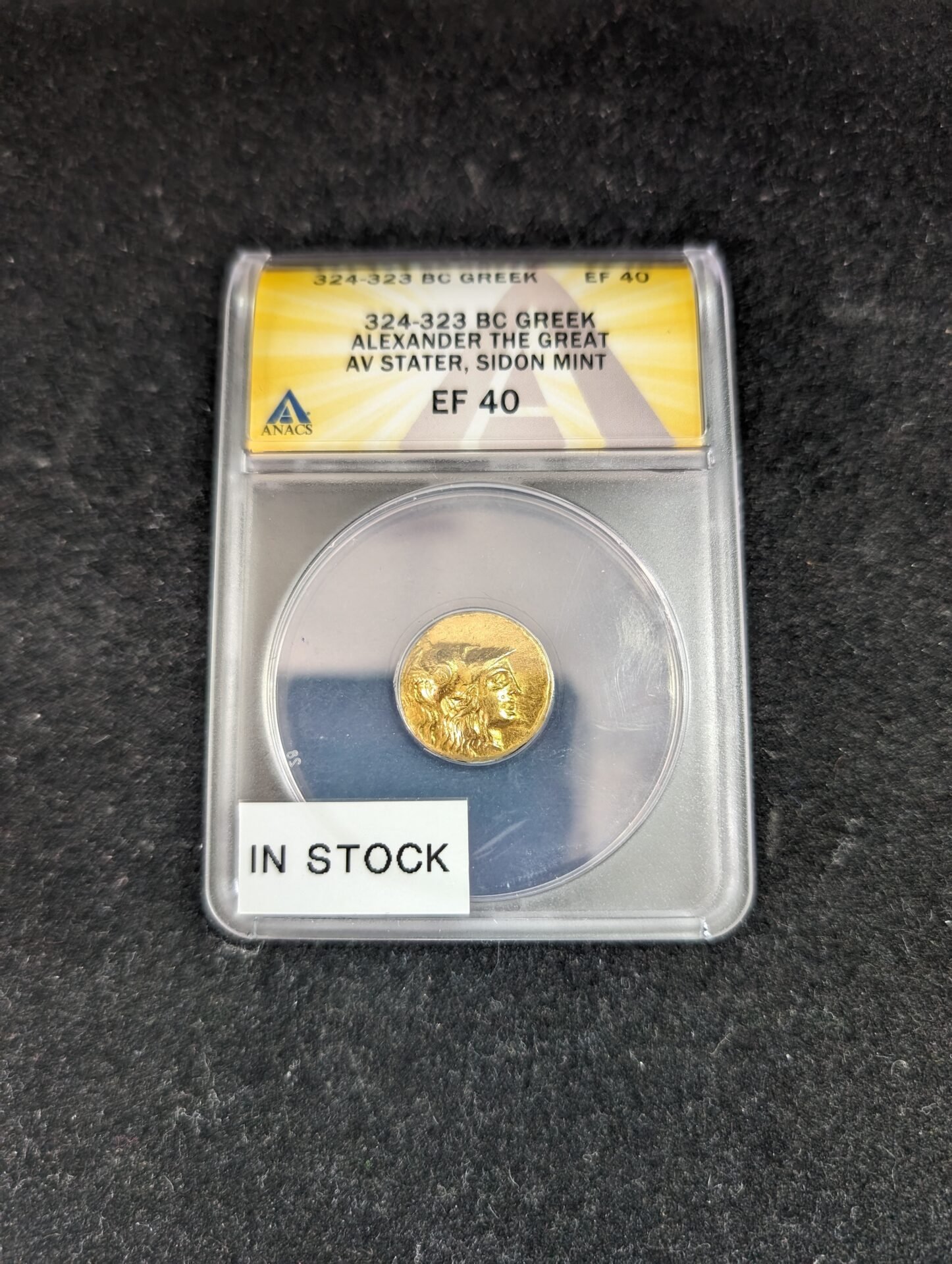Coin collecting is often where people begin when they become interested in keeping valuable currency. Coins last longer than paper, and they are often easier to identify and harder to forge. However, paper money collecting can be just as rewarding for both value and history.
If you’re hoping to expand your collecting to include valuable historical and worldwide currency, here are some answers to frequently asked questions about collecting, caring for, and managing a collection that contains paper bills.
Why Should I Collect Paper Bills?
Like coins, bills with rare or historical value provide a glimpse into the past, but because paper has a shorter lifespan than metal, it can sometimes to be hard to find paper currency in good condition. This makes collecting paper a wonderful challenge for dedicated collectors.
Some bills have beautiful pictures and represent historical periods through their captions and artwork. These bills are fascinating to study.
What Determines the Value of a Bill?
Like coins, the value of paper money comes largely from their scarcity. Valuable bills are usually older, but age will not automatically mean a bill is more collectible or rare.
For example, you might think that a bill printed during the Civil War by the Confederate government might be worth more than bills printed in the early 1900’s. However small confederate bills are more common and easier to find than a $100 bill printed during WWI. More bills were printed in the Civil War because of rising inflation and economic disaster.
However, just because a Civil War bill is less valuable, doesn’t mean it has no value. Some common bills are still steeped in history and interesting to look at.
Another factor that affects value is the condition of a bill. The more pristine the paper, the more your bill will be worth in a collection. Generally, if a bill was printed but never circulated, it’s worth more.
How Can You Keep Rare Bills in Good Condition?
If value is partially determined by the condition of your currency, how can you keep the bills you have in good shape? When caring for your collection, be sure to:
- Handle the bill as little as possible. Don’t erase marks with an eraser, repair tears with tape, or otherwise try to correct a bill in poor condition. These corrections reduce the value even further.
- Keep bills flat in an acid-free currency book. Never roll or fold a bill, as these actions will weaken the paper and shorten the lifespan of the currency.
- Keep the bills out of direct sunlight. Never display a historic bill in a picture frame or case that stands in the path of UV light. Some preservation glass, like those used in museums, can be used for bills you want to show off, but even then it’s best to use a shadowed place for display.
- Store your currency in a low-humidity area. Coins are more forgiving of environmental changes, but paper can weaken if the environment is wet.
- Wear cotton white gloves when handling the bills. Cotton is soft on the paper and will not leave colorful fiber deposits or moisture spots on any bills.
Caring for a paper collection can sometimes seem daunting, which is why experience with a coin collection or other collectibles can help. You can also get collecting supplies from a local coin appraiser or buyer.
Where Should I Begin?
Most people wonder where to start. Is there a specific type of currency that everyone wants to have?
The reality is, you should start where your interests are, but have a direction. For example, you might want to find a one dollar bill from every year. Later years are easier, but collecting gets tougher the further back you go. You might also be interested in discontinued bills, like three dollar bills that were issued in the 1800s by local or state treasuries.
You could also pick a period of history and learn about the different notes, and then proceed to find one of each. You could also get interested in non-government currency, like bank notes or money printed by the railroad before federal tender became the only recognized currency in the United States.
What Types of Bills Are the Most Prized?
Of course, there are some paper bills that are the Holy Grail of currency collecting. Some have exceptional artwork, others are simply rare. Key issues are the most prized. These are special release currencies that only circulated briefly.
For example, one note that is valuable to collectors today is the Series 1896 $5 Educational Silver Certificate. The bill was designed larger than bills of the past, and it was intended to provide artwork to the common people. Collectors consider this bill to be one of the most gorgeous notes to be printed. Its beauty and rarity make it an exceptional find for a collector.
For more information about starting your cash currency collection, contact us at Rocky Mountain Coin.




